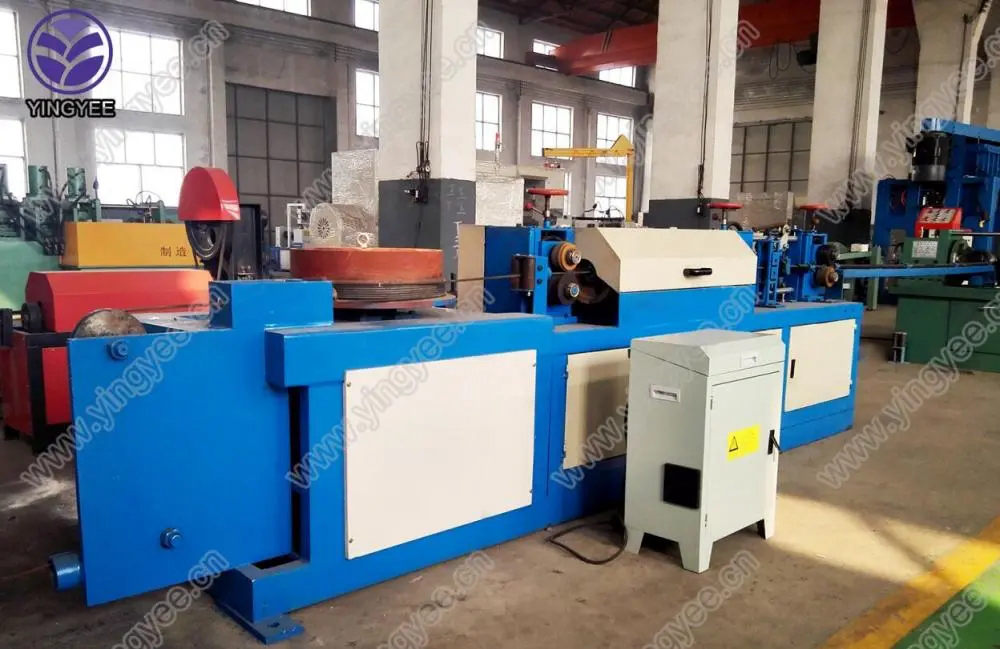
The Electric Junction Cabinet Production Line A Comprehensive Overview
In the modern world of electrical engineering and industrial automation, electric junction cabinets play a crucial role in the effective management and distribution of power. These cabinets serve as vital hubs for electrical connections within various systems, ensuring safety, efficiency, and accessibility of electrical circuits. The production of electric junction cabinets involves a meticulous and well-coordinated approach, often encapsulated in a dedicated production line designed for efficiency and quality control.
Understanding Electric Junction Cabinets
Electric junction cabinets are enclosures that house electrical components and wiring. They protect these components from environmental factors such as moisture, dirt, and physical damage while providing a safe and organized space for electrical connections. Typical applications range from industrial machinery to commercial buildings, where they facilitate the distribution of electricity to different circuits.
A well-designed junction cabinet will not only meet regulatory standards but also allow for easy maintenance and upgrades. Features such as modularity, cable management systems, and thermal management are increasingly integrated into modern designs to optimize functionality.
Overview of the Production Line
The production line for electric junction cabinets is typically divided into several stages, each focused on ensuring the quality and efficiency of the final product.
1. Material Selection and Preparation The process begins with selecting the right materials, usually metal or high-grade plastic, that can withstand environmental stresses while providing durability. The materials must be cut and shaped according to specific dimensions and standards, ensuring that they fit together seamlessly during assembly.
2. Manufacturing the Cabinet Frame The next step involves fabricating the cabinet frame. This is often done using advanced techniques like laser cutting and CNC machining. Precision is critical here to ensure all parts align correctly, which directly impacts the cabinet’s overall integrity and performance.

3. Assembly of Components Once the frames are ready, production moves to the assembly stage. Here, various electrical components, such as terminals, circuit breakers, and busbars, are installed. This step requires trained technicians who follow strict safety and quality protocols to ensure the reliability of connections and safety compliance.
4. Wiring and Cable Management After the components are in place, wiring becomes a vital step. Proper cable management is essential for maintaining order within the cabinet, allowing for efficient airflow and preventing any potential interference or electrical shorts. Innovative solutions, like cable ducts and ties, are employed to enhance organization.
5. Quality Control and Testing Quality assurance is a non-negotiable aspect of the production line. Each cabinet undergoes rigorous testing for functionality and safety. This includes checks for insulation integrity, connection stability, and adherence to industry standards. Any defects identified during this process must be rectified before the cabinet can proceed to final assembly.
6. Final Assembly and Finishing Once all components have passed quality control, the final assembly occurs. This may include the addition of panels, painting, and labeling to ensure clear identification of components. Finishing touches enhance both the aesthetic appeal and functional usability of the cabinet.
7. Packaging and Distribution The last phase includes carefully packaging the cabinets to prevent damage during transport. This stage often involves custom packaging solutions that secure the integrity of the cabinets while in transit to clients.
The Future of Electric Junction Cabinet Production
With advances in technology, the production line for electric junction cabinets is evolving. Automation plays a growing role, enabling faster production rates and higher accuracy. Additionally, Industry 4.0 developments allow for greater integration of real-time monitoring, making it possible to track each step of the production process. Innovations in eco-friendly materials and manufacturing practices are also gaining traction, reflecting the industry’s commitment to sustainability.
In conclusion, the production line for electric junction cabinets is a sophisticated blend of technology and craftsmanship. As demand for reliable electrical infrastructure continues to rise across various sectors, the processes involved in producing these critical components will only become more refined. Each cabinet produced represents not just a piece of equipment but a commitment to safety, quality, and innovation in the electrical landscape.